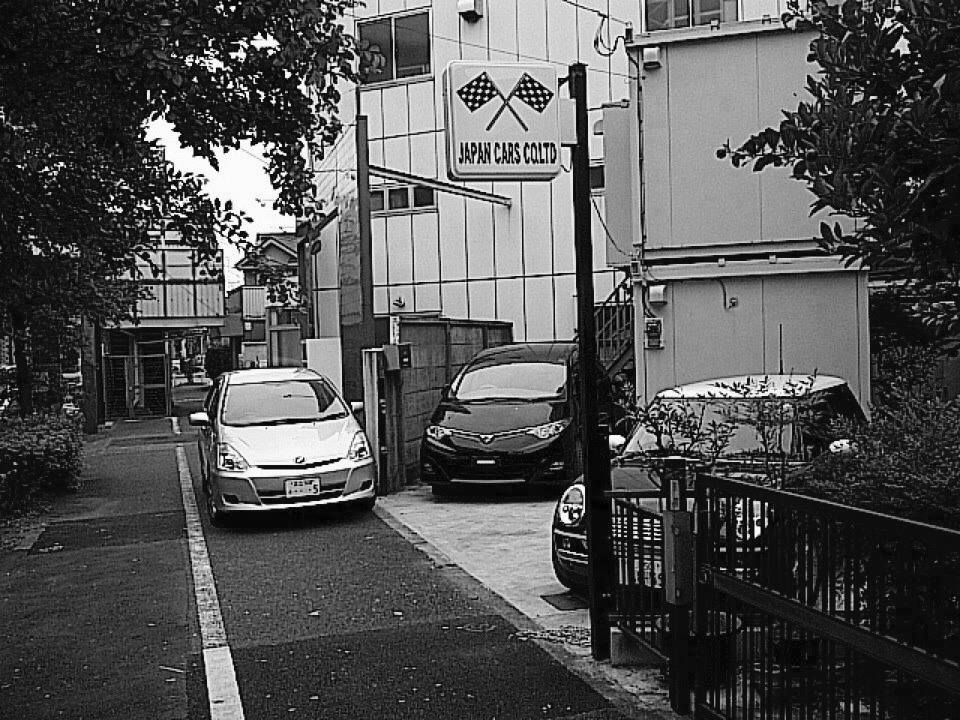- JDM cars often have non-standard VINs (not 17 digits), which DMV systems may not recognize.
3. Title Translation:
- The Japanese title (Export Certificate) must be translated into English.
What are FMVSS? FMVSS are federal regulations issued by the National Highway Traffic Safety Administration (NHTSA) under Title 49 of the U.S. Code, Chapter 301. They specify design, construction, performance, and durability requirements for motor vehicles and safety-related components to ensure safety across the U.S.
– Scope: FMVSS cover three main categories:
– Crash Avoidance (100-series): Includes standards like FMVSS No. 101 (controls and displays), No. 108 (lighting), and No. 126 (electronic stability control).
– Crashworthiness (200-series): Includes standards like FMVSS No. 208 (occupant crash protection) and No. 214 (side impact protection).
– Post-Crash Survivability (300-series): Includes standards like FMVSS No. 301 (fuel system integrity).
– Application in 50 States: FMVSS are mandatory in all 50 states and U.S. territories. Manufacturers must self-certify compliance for all vehicles sold in the U.S., and no state can impose conflicting safety standards.
Federal Motor with Safety and Emissions Standards:
– FMVSS: Car must meet Federal Motor Vehicle Safety Standards
– DOT HS-7: Declares safety compliance or exemption.
– EPA 3520-1: Addresses emissions compliance or exemption.
JapanCarsUSA will handle all the Federal and State government departments applications, and provide you the complete documentation for you to register your dream in the state you desire.
1. Compliance with Safety and Emissions Standards:
- The car must meet Federal Motor Vehicle Safety Standards (FMVSS)
- The Department of Transportation (DOT) and emissions standards
- The Environmental Protection Agency (EPA)
– . Most JDM cars don’t comply as they were built for Japan’s market.
– You’ll need to hire an Independent Commercial Importer (ICI) to modify the vehicle to meet these standards. This can be costly, and not all ICIs will accept every model. Contact an ICI before importing to confirm feasibility and costs.
– Required forms:
– DOT HS-7: Declares safety compliance or exemption.
– EPA 3520-1: Addresses emissions compliance or exemption.
2. Customs Clearance:
– Provide proof of ownership (e.g., Japanese Export Certificate or foreign title) and a bill of sale.
– Submit Customs and Border Protection (CBP) forms like 7501 (Entry Summary) or 3461 (Entry/Immediate Delivery). These may be paperless, but ensure you have them.
– The vehicle’s undercarriage must be cleaned to prevent introducing foreign soil.
3. VIN Challenges:
– JDM cars often have non-standard VINs (not 17 digits), which DMV systems may not recognize. Some states require a VIN inspection or a new VIN plate. For example, Texas may require multiple inspections, including by law enforcement to verify the car isn’t stolen.
4. Title Translation:
– The Japanese title (Export Certificate) must be translated into English. Some states accept self-translations (e.g., Virginia), while others (e.g., Texas) require certified translators. Check your state’s rules.
### State-Specific DMV Registration
Each state has unique requirements. Since you’re in California (America/Los_Angeles timezone), here’s a focus on California’s process, with general notes for other states:
#### California (CA DMV)
– Strict Emissions Rules: California has stringent California Air Resources Board (CARB) regulations. Even if the car passes federal tests, it must meet CA emissions standards, which is often challenging for JDM cars under 25 years old.
– Required Documents:
– Proof of ownership (foreign title or Export Certificate, translated).
– Customs clearance documents (e.g., CBP 7501, 3461, HS-7, 3520-1).
– REG 262 (Vehicle/Vessel Transfer and Reassignment, available only at DMV due to security paper).
– Evidence of FMVSS compliance (mandatory for vehicles post-1995).
– Weight certificate (for trucks/pickups).
– Payment of fees within 20 days of entry, even if not fully registered.
– VIN Inspection: Likely required due to non-standard VINs.
– Challenges: California’s process is among the toughest. Many JDM cars require costly modifications, and some importers avoid CA registrations due to complexity. Consider using a DMV registration service (e.g., AAA) to navigate paperwork.
